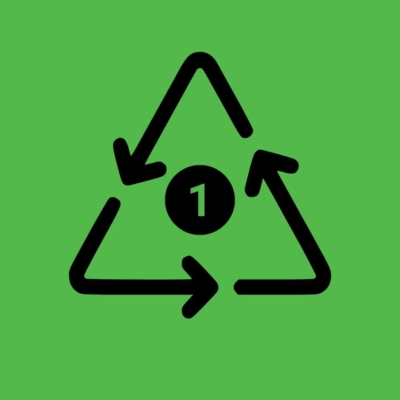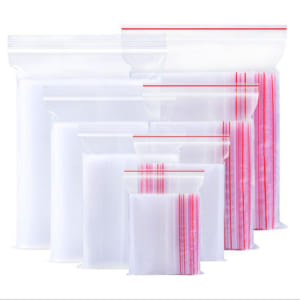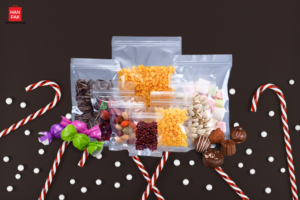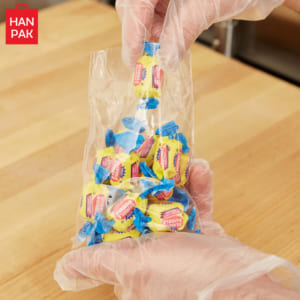Did you know that almost half of all the waste produced in the United States each year comes from our homes?
One of the best ways to help reduce this amount of waste is by recycling! But what does it mean when we recycle something? And, how do those numbers on our recyclable materials actually work? Keep reading to find out!
While most plastics can be recycled in theory, only 9% of plastic waste generated has ever been recycled.
Rules for recycling plastics vary by municipality and with these different rules and symbols it can often be confusing. The common recycling numbers are often found on the bottom of single-use plastic packaging and plastic bottles. They are identified by the ‘chasing arrows’ symbol.
However, this symbol does not mean it’s recyclable – it is an indicator of the type of plastic. Discover each type of plastic below and what its corresponding number means, what it’s used for, and if it can be recycled.
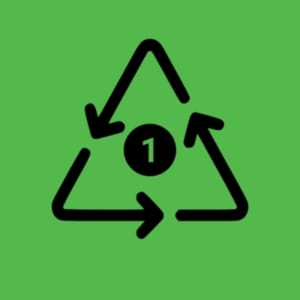
#1 PET (Polyethylene Terephthalate) – PET is the chemical name for polyester. It is a clear, strong, and lightweight plastic.
Used For: cosmetic containers, plastic bottles, prepared food trays, clamshell food containers, and mouthwash bottles.
How to recycle: It is often washed and remelted and made into new PET products. Almost every recycling program in North America and Europe accepts PET containers. Although it is the most recycled plastic in the world, it is best to reduce your single-use plastic consumption and look for alternatives like paper packaging. Only 9% of plastic gets recycled and PET plastic often ends up in our landfill, waterways, and oceans – having harmful effects on the environment.
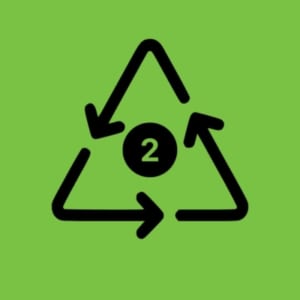
#2 HDPE (High Density Polyethylene) – HDPE is one of the most versatile materials and used in a wide range of products. It is known for its durability and strength and is highly resistant.
Used For: cleaning products, laundry detergent jugs, shampoo bottles, and shower soaps.
How to recycle: HDPE products can be recycled in most recycling programs and is one of the easiest plastics to recycle. They are often sent to large facilities to be processed.

#3 PVC (Polyvinyl Chloride) – PVC is one of the most commonly used plastics worldwide and is often used in the construction industry.
Used For: items that are made of PVC plastic include window frames, blood bags, pool liners, garden hoses, and and blister packs.
How to recycle: PVC can be highly problematic to recycle due to the high chlorine in raw PVC and the levels of hazardous additives in the polymer. This type of plastic needs to be separated from other plastics before recycling.

